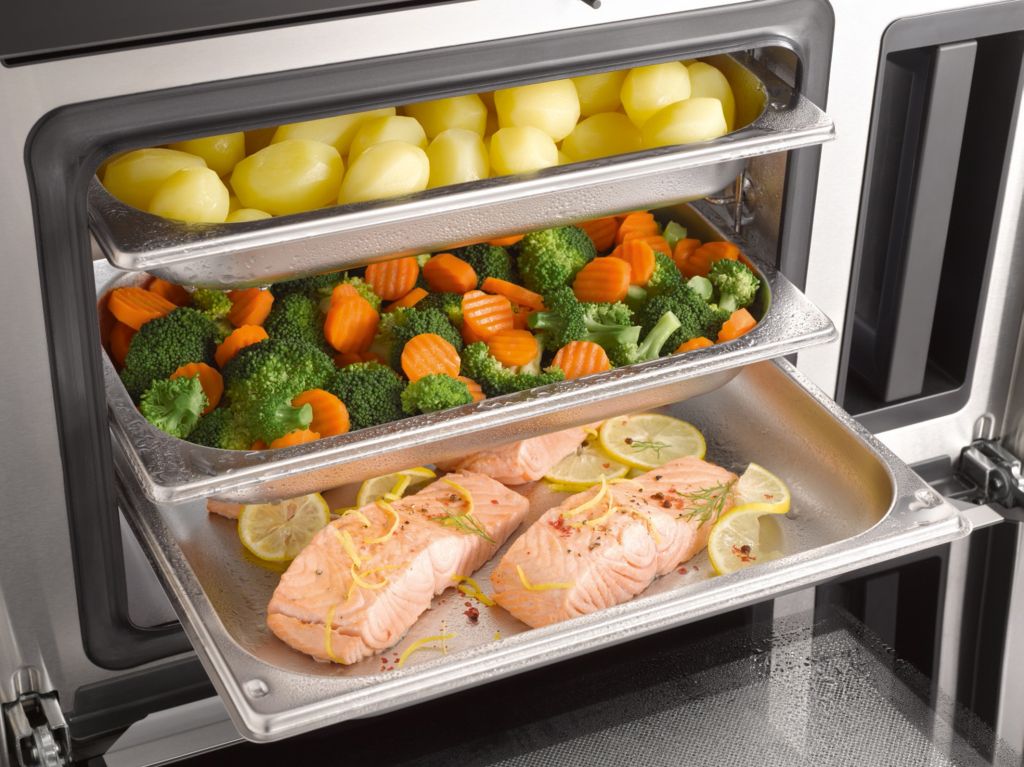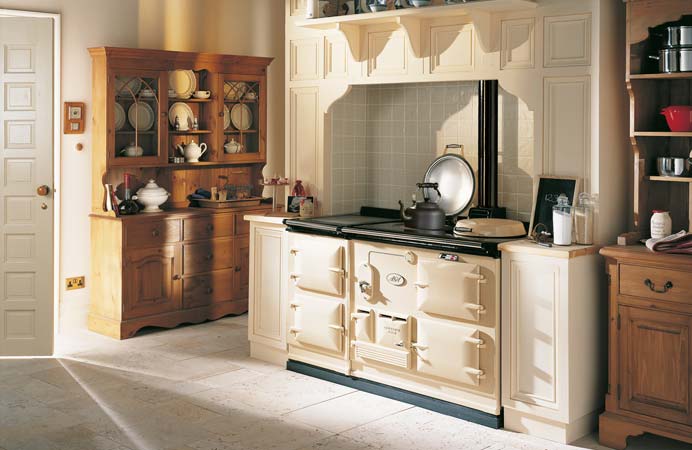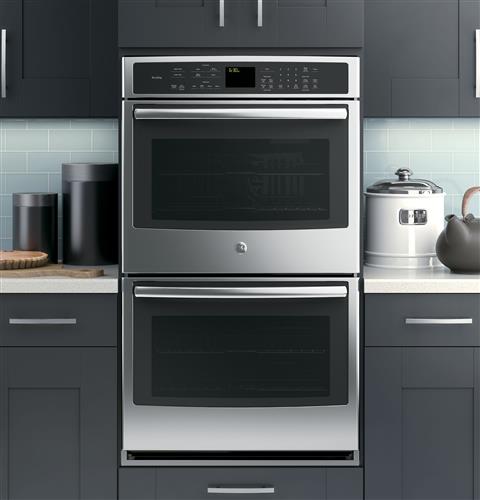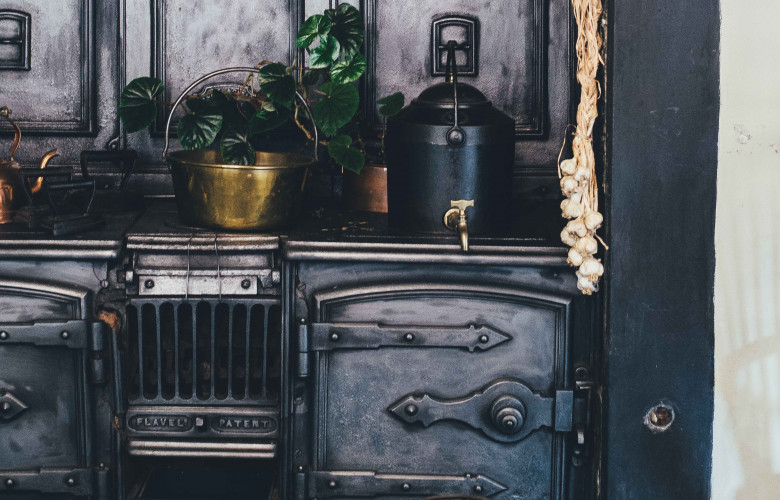What type of oven should I buy?
Contact
What type of oven should I buy?
Self-cleaning, steam, multi-function, or light oven? We tell you what's what in the world of ovens.
I have an electric, upright oven - a St George Grillmaster, circa 1975. It was here when we bought the house a decade ago, and it has reliably served its purpose ever since. But a thousand baked dinners, and countless birthday cakes have taken their toll, and the time has come to upgrade.
But where to start? There are so many options when it comes to buying an oven these days, options that did not exist back when the Grillmaster was installed.
Here is our guide to help you choose which oven is right for you.
Related content: How a kitchen can add value to a home
Related content: A second bathroom can add six figures to the price of your home
What is a fan-forced oven, or convection oven?
Convection ovens, also known as fan-forced ovens, use a fan in the back of the cavity to circulate the heat around the oven so the hot air is more evenly distributed, and therefore the food will cook more evenly.
- They roast meat up to 25 per cent faster, making them ideal for people with busy lifestyles.
- Top-of-the-range convection ovens have a third element surrounding the rear fan.
Conventional ovens
Conventional ovens use heat from top and bottom elements with no fan.
What is a steam oven?
Steam ovens use water heated to vapour to cook food. Some claim steam ovens produce healthier food because fewer nutrients are lost in the cooking process.
- Steam ovens can't brown food.

Image: Steamed food in a steam oven.
What is a multifunction oven?
A multifunction oven has a number of different cooking functions. The functions might include fan-forced cooking, conventional cooking, grill or defrost functions, a steam function, or even an added moisture function, which inject bursts of steam into the oven during normal baking to help retain moisture.
What are light ovens?
A light oven is an ordinary combination convection/grill/microwave oven with an added halogen lamp that helps with browning and heating.
What is a self-cleaning oven?
If you're like me, cleaning the oven is perpetually at the bottom of your 'to do' list.
But there are two types of self-cleaning ovens available on the market these days.
- A pyrolytic oven locks and heats to around 500 degrees, which reduces food residue to ash. When the oven is cool, it can be easily wiped clean.
- Catalytic liners line the side and/or back walls of your oven and absorb fat splatters. You need to regularly heat the oven to hot for an hour to burn off the splatters, and then when the oven has cooled, wipe it out with a damp cloth. The liners need to be replaced every now and then.
What size do I need?
Most ovens are 60cm wide, which is large enough for most uses. This size is perfect if your space is tight.
Ovens 70cm or 90cm wide, or double ovens are other options, and are suitable for families, or if you entertain regularly. Larger ovens require plenty of space in your kitchen.
Larger ovens with more shelves allow you to cook more than one item at a time in your oven.
Note: make sure you check out the internal measurements of your new oven to make sure your largest dishes and trays fit inside. External measurements may not provide as much space inside as you'd expect.

Image: Aga ovens are generally very large and require a large kitchen. They warm the house as well as cook.
Gas or electric?
Electric ovens
- Most wall ovens - 85 per cent according to Choice - are electric.
- Electric ovens start at lower prices than gas ovens.
- They can simply be plugged into a power point.
- Electric ovens can have a range of functions and layouts that are not possible with gas.
- Electric ovens heat up at much the same rate as gas ovens.
Gas ovens
- Gas ovens require a gas connection.
- If the oven has electric controls, it will also need an electricity connection.
- Gas ovens are hotter at the top and cooler at the bottom, so foods need to be rotated for even cooking and browning.
- (Although gas ovens can have an electric fan, and an electric grill).
- Gas ovens aren't as good for browning or crisping because there is no direct heat from the top.
- Gas ovens retain more moisture in food, which is especially important when it comes to roasting, casseroling, and baking.
- There are fewer gas ovens on the market, so less choice.
- Gas ovens heat up at much the same rate as electric ovens.
Safety
Oven doors with three layers of glass remain the coolest to the touch, which is especially important if there are children running about your home.
Built-in vs freestanding
The options are:
- built-in single ovens - can be installed under the benchtop or at eye level, and must go into an oven housing.
- built-in double ovens - much the same as built-in single ovens but are generally installed on a wall, not under a worktop. They can have a separate grill, or two large oven cavities. They are ideal for families, people who entertain a lot, and for kitchens with plenty of space.
- built under ovens - are designed to fit between two cupboards under a benchtop.
- freestanding ovens - simple to install and generally cheaper than built-in ovens.

Image: The sleek lines of this double-cavity, built-in wall oven have great appeal.
Two cavities, or one?
Some ovens have two cavities, which means you can cook items at different temperatures at the same time.
Do I need a bottom drawer?
Some ovens have a bottom drawer that can have various functions including another oven cavity, a warming drawer, or a broiler drawer.
Special cooking modes
Some ovens have special settings for cooking pizzas, baking turkey, or proofing bread.
Wireless connectivity
And if all this information and all these features aren't enough, you can also buy ovens that have built-in wireless capabilities, allowing you to control your oven from your smartphone.
Helpful if you're the type of person who sometimes worries they've left the oven turned on...
Read more about kitchens:
How a kitchen can add value to a home





